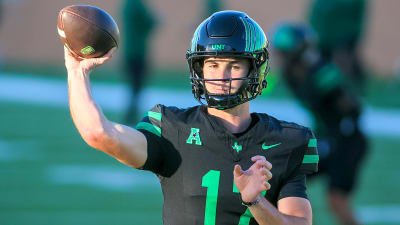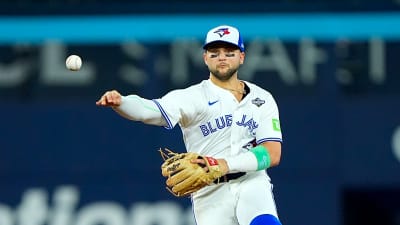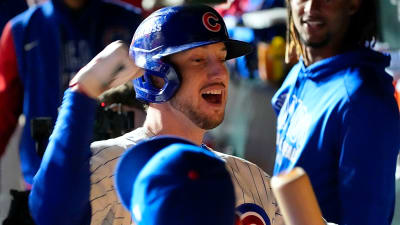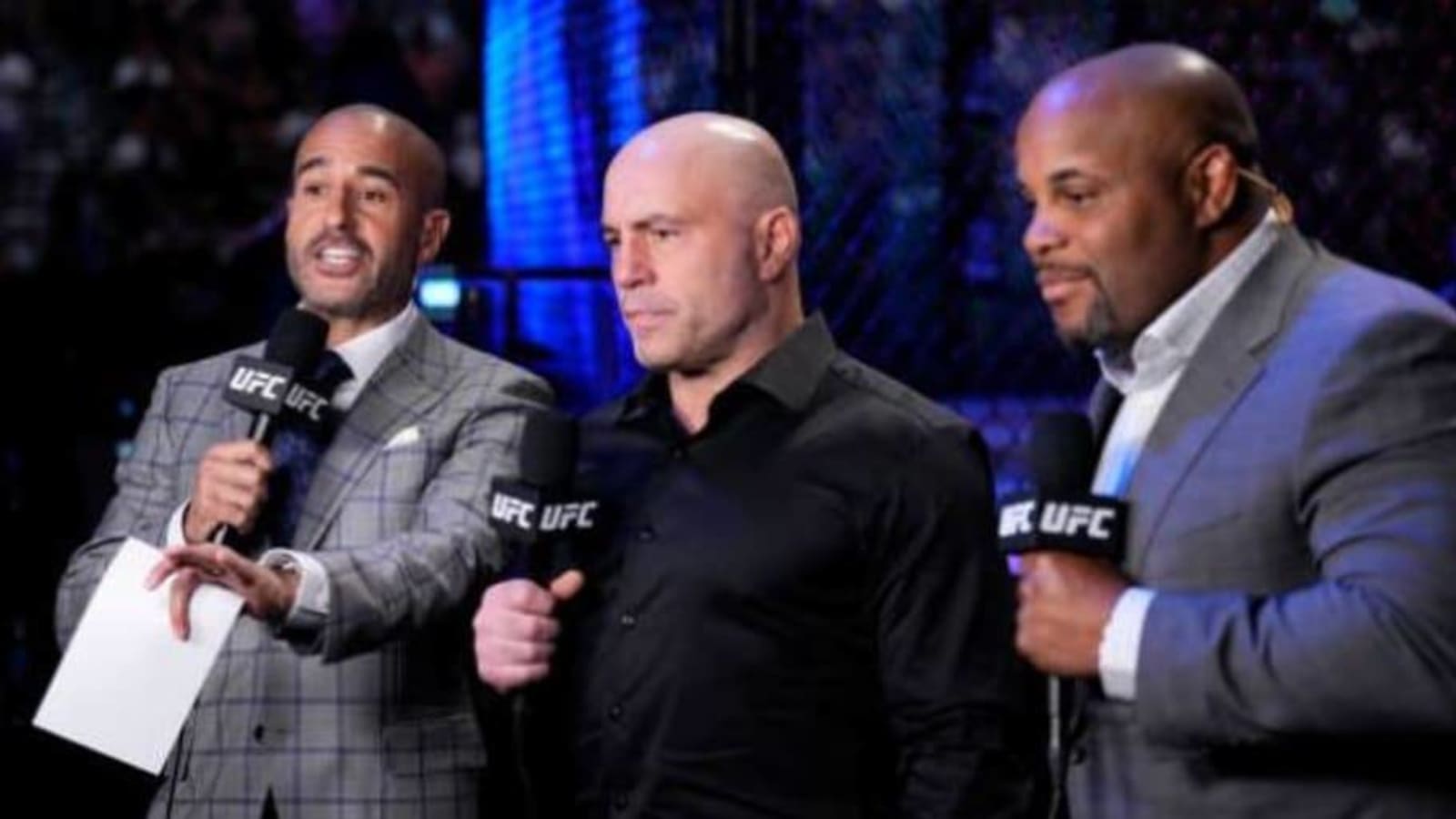
Over the past dozen years, Jon Anik has carved out a spot all to himself as the signature voice of MMA.
This past Saturday at UFC 301, Anik set a new UFC record for most fights called in UFC history.
THE GREATEST TO EVER DO IT
— UFC (@ufc) May 5, 2024
After last night's event @Jon_Anik has set a the record for most fights called in UFC History! pic.twitter.com/ABOA1EjIRP
While receiving plenty of compliments for the new accolade, the humble Anik expressed gratitude to his mother and brother for helping propel him to new levels in the sport.
“My mother has been a major influence,” said Anik. “And my twin brother Jason has been the real driving force behind my confidence and success. He gives me invaluable feedback and criticism. But the work ethic has always been there. I’ve always just worked hard and known no other way.”
Having now called just a shade under 2,800 fights as the lead play-by-play commentator, Anik surpassed Mike Goldberg’s record at UFC 297 in January. It has been quite the journey for the Massachusetts native.
Anik began calling fights for the UFC in 2012, then took the reins as main play-by-play commentator in 2017. Ever since, his mellifluous voice has become synonymous with the promotion.
Jon Anik made his UFC play-by-play debut at UFC on FX 1: Guillard vs. Miller on January 20, 2012.
— AFeldmanMMA (@afeldMMA) May 5, 2024
It's been a wild ride over the last 12+ years, and he's been the voice behind so many historic moments. pic.twitter.com/Et8kDemX2t
His success is largely in the preparation–he possesses a library of over 6,000 handwritten fighter cards, creating a new card for every fighter for every single fight, transferring relevant information onto the new card, which replaces the prior card. Yet two other elements that cannot be overlooked are his passion and charisma.
Whether it is a technical breakdown with Daniel Cormier, adding insight, or even challenging Joe Rogan on a point–he simply brings out the best in his broadcast partners. He highlights the work of the vastly underrated Megan Olivi, and he treats every event with the respect and energy it deserves.
“Our analysts are as good as any analyst in any sport in America,” said Anik. “I’ve had the great pleasure of working with the best, and it’s my job to play to their strengths.”

Growing up in New England, Anik was privy to many legendary broadcasters. One voice that particularly resonated with him was Sean McDonough, who established himself as the voice of the Boston Red Sox before moving on to national prominence.
“Sean McDonough was the guy I wanted to be,” said Anik. “And he is still absolutely crushing it at the highest level.”
This past Saturday, McDonough called Game 7 of the Boston Bruins-Toronto Maple Leafs on ABC–delivering an iconic call of David Pastrnak’s game-winning goal in overtime, which unfolded just moments after Anik provided the same elegance for Anthony Smith, who made quick work of heavy favorite Vitor Petrino.
“Our stage manager told me the Leafs won to mess with me while I was on the air,” said Anik. “I was very happy when I learned the Bruins won.”
As for a favorite call, it is hard to choose only one after calling nearly 3,000 fights. Naturally, some do stand out.
“It’s the championship calls that stand out most,” said Anik. “Certainly, Leon Edwards defeating Kamaru Usman at UFC 278 is the call I’m asked about the most. I’m proud of individual non-title calls like Edson Barboza over Beneil Dariush [in 2017], for example. But my biggest focus is to make every championship moment feel unique and the call special.”
Fortunately for listeners, Anik and his team capture the essence of the sport on their calls.
“The initial goal was to establish myself as someone who could consistently call combat sports, but I never would’ve left ESPN for the UFC if I didn’t think I could ascend to the no. one seat,” said Anik. “I was promoted to pay-per-views after five years with the company.
“I can’t thank my family enough. I’m pursuing my professional dream. I feel very blessed to do this.”
More must-reads:
- Man United sacks coach Ruben Amorim: Unpacking a controversial decision
- Tom Brady reveals choice for MVP between Rams' Matthew Stafford, Patriots' Drake Maye
- The 'Heisman Trophy winners since 2000' quiz
Breaking News
Trending News
Customize Your Newsletter
 +
+
Get the latest news and rumors, customized to your favorite sports and teams. Emailed daily. Always free!



